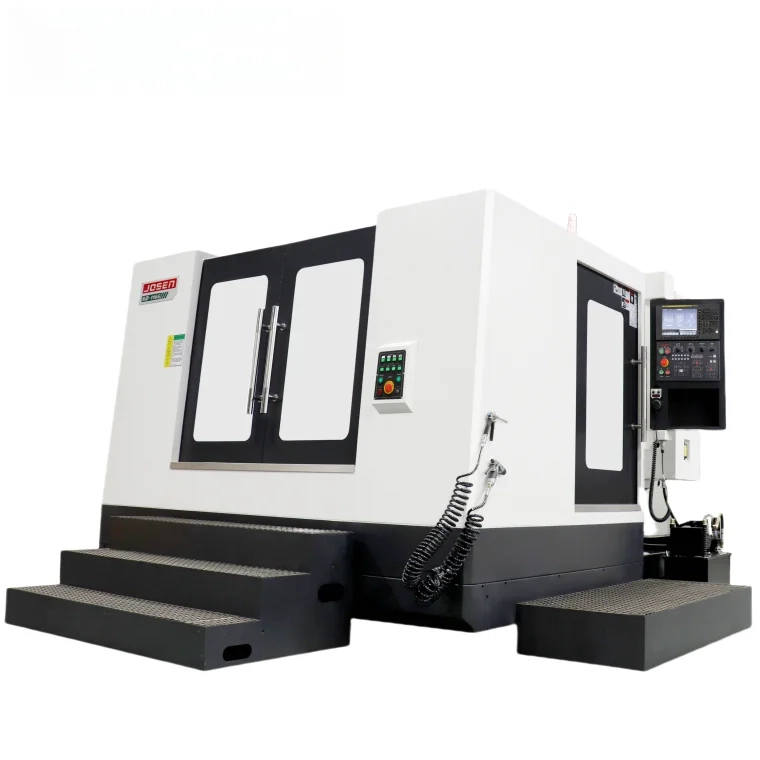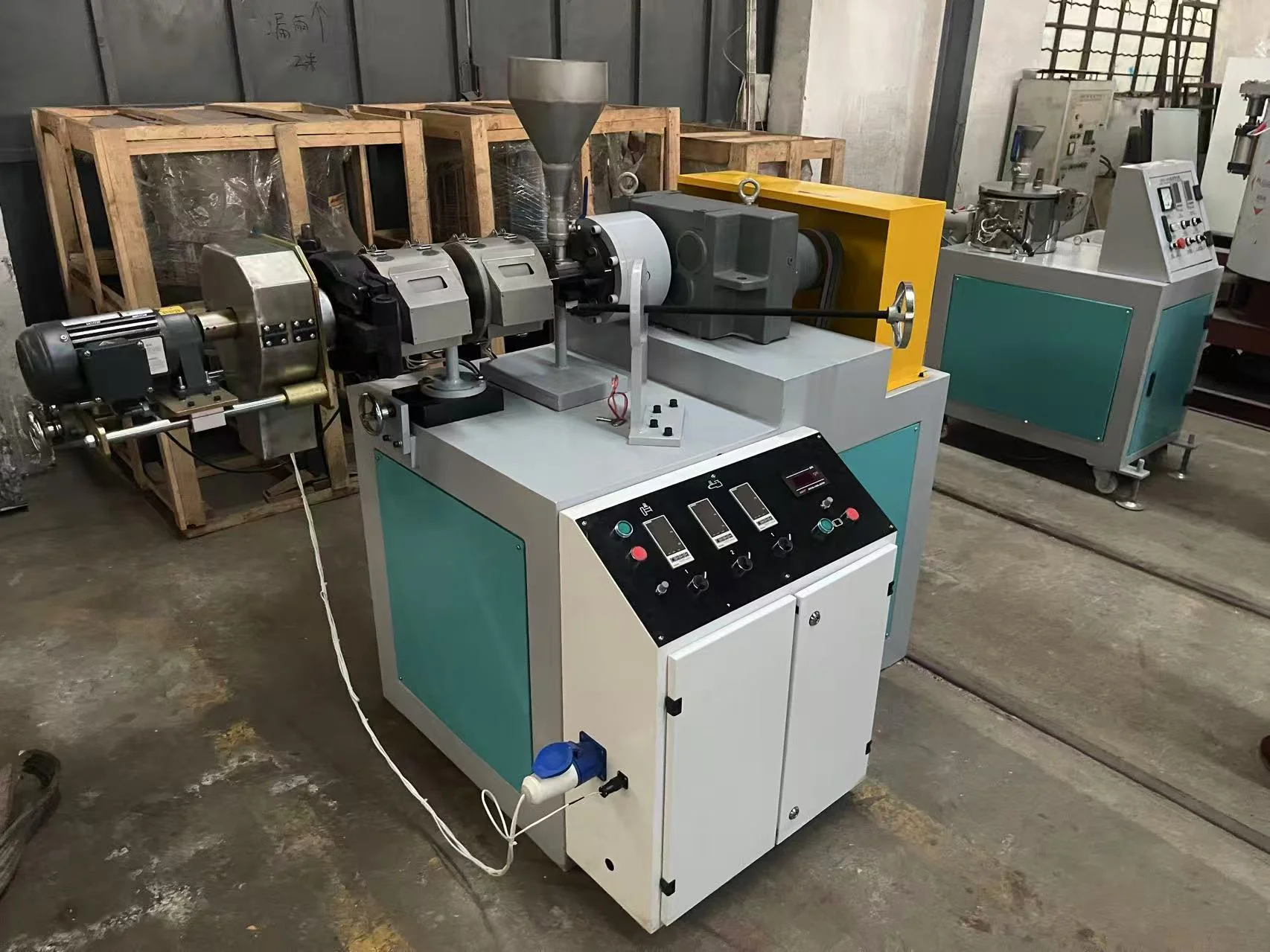In the realm of modern manufacturing, nylon plastic injection molding stands out as a pivotal process for producing durable, high-performance components. Ningbo Great Mold Co., Ltd., a leader in precision mold engineering, harnesses this technique to deliver superior parts across various industries.
Understanding Nylon Plastic Injection Molding
Nylon, or polyamide (PA), is a synthetic thermoplastic known for its strength, flexibility, and resistance to wear and chemicals. Injection molding involves melting nylon pellets and injecting them into a mold cavity, where they cool and solidify into the desired shape. This process is ideal for mass-producing complex parts with high precision.
Advantages of Nylon in Injection Molding
1. Superior Mechanical Properties
Nylon exhibits high tensile strength and durability, making it suitable for load-bearing applications. Its flexibility allows it to absorb impacts without cracking, which is essential for components like gears and bearings.
2. Chemical and Heat Resistance
Nylon resists various chemicals, including oils and solvents, and maintains its properties at elevated temperatures, withstanding up to 150°C. This makes it ideal for automotive and industrial applications.
3. Low Friction and Wear Resistance
The low coefficient of friction in nylon reduces wear and tear, extending the lifespan of moving parts. This self-lubricating property is beneficial in applications requiring smooth motion.
4. Lightweight and Cost-Effective
Despite its strength, nylon is lightweight, contributing to fuel efficiency in automotive parts. Its moldability allows for cost-effective mass production with minimal material waste.
The Injection Molding Process at Ningbo Great Mold Co., Ltd.
1. Material Preparation
Nylon pellets are dried to remove moisture, preventing defects in the final product.
2. Melting and Injection
The dried pellets are melted and injected into precision-engineered molds under high pressure.
3. Cooling and Solidification
The molded parts are cooled to solidify, ensuring dimensional stability and strength.
4. Ejection and Post-Processing
Once cooled, parts are ejected and may undergo additional processes like trimming or painting to meet specific requirements.
Applications Across Industries
Ningbo Great Mold Co., Ltd. serves various sectors, including:
-
Automotive: Engine components, gears, and bushings.
-
Electronics: Connectors and insulating components.
-
Consumer Goods: Appliance parts and durable household items.
-
Industrial Equipment: Machinery parts requiring high strength and wear resistance.
Design Considerations for Nylon Injection Molding
When designing parts for nylon injection molding, consider:
-
Wall Thickness: Maintain uniform thickness to prevent warping.
-
Radii: Incorporate generous radii to reduce stress concentrations.
-
Draft Angles: Apply appropriate draft angles to facilitate part ejection.
-
Tolerances: Account for nylon's shrinkage rate to ensure dimensional accuracy.
Why Choose Ningbo Great Mold Co., Ltd.?
With extensive experience in nylon plastic injection molding, Ningbo Great Mold Co., Ltd. offers:
-
Customized Solutions: Tailored designs to meet specific client needs.
-
Advanced Technology: State-of-the-art equipment ensuring precision and efficiency.
-
Quality Assurance: Strict quality control measures for consistent product excellence.
-
Global Reach: Serving clients worldwide with reliable delivery and support.
In conclusion, nylon plastic injection molding is a smart choice for producing high-performance parts due to its mechanical strength, chemical resistance, and cost-effectiveness. Partnering with experts like Ningbo Great Mold Co., Ltd. ensures that your components meet the highest standards of quality and performance.
https://www.great-mold.com/service.html
Ningbo Great Mold Co., Ltd.




More Stories
Essential Amino Acids Sourcing Guide: What Adult Supplement Brands Should Look for in a Reliable Man
Nutra Green: Professional Supplier of King Trumpet Mushroom / Pleurotus ostreatus Extract Ergothioneine 1%
LiFePO4 vs Lead-Acid: Real Differences in Cost, Power, and Lifespan